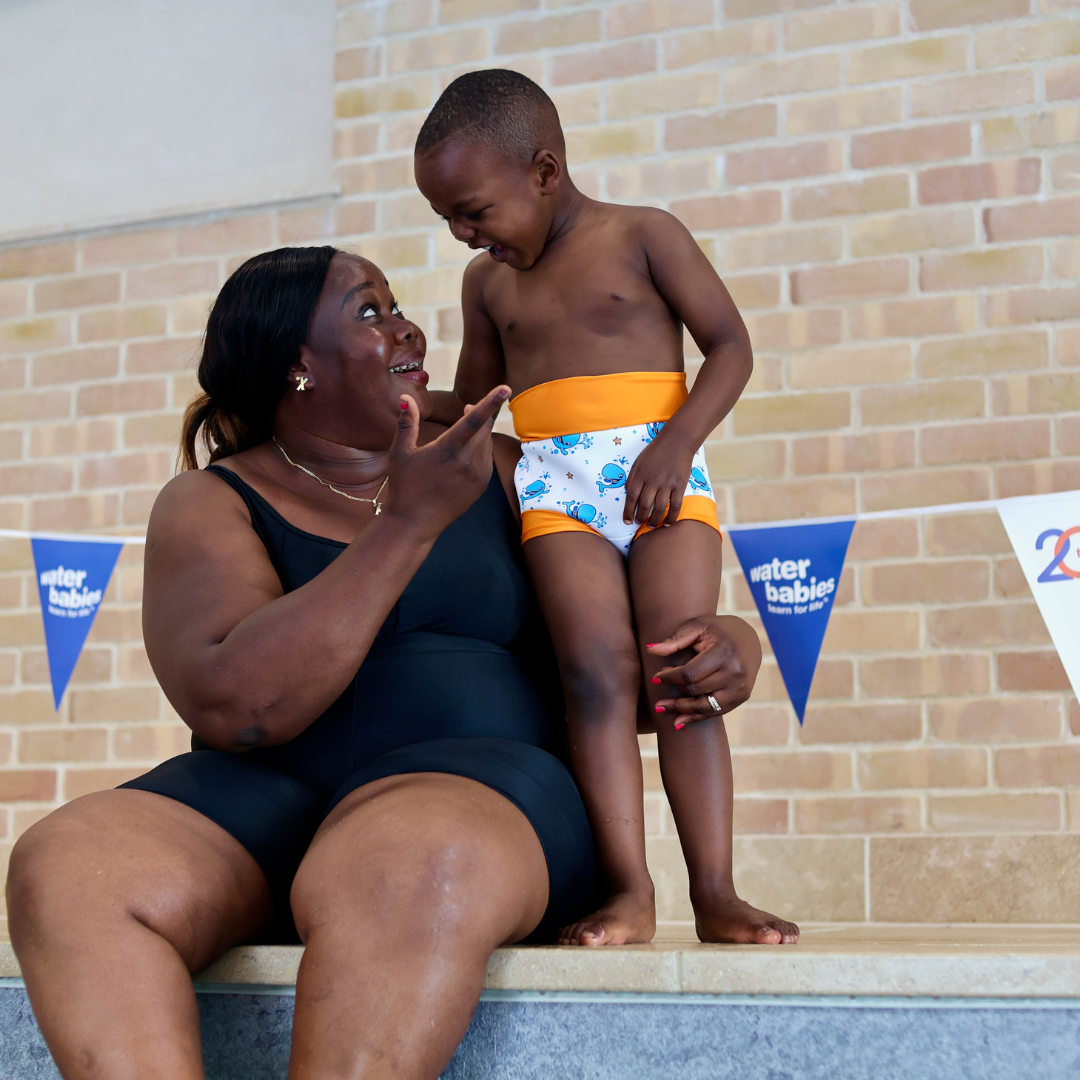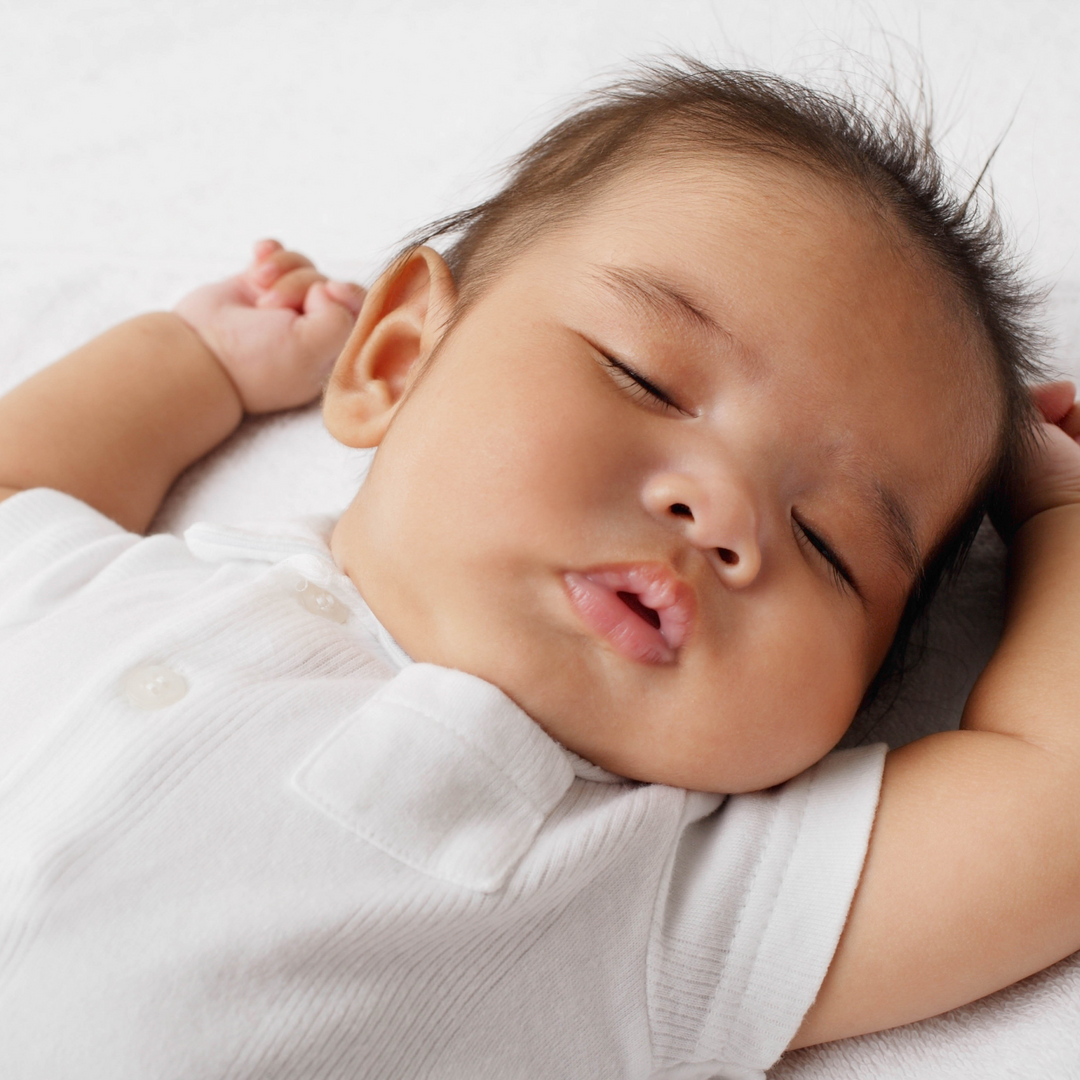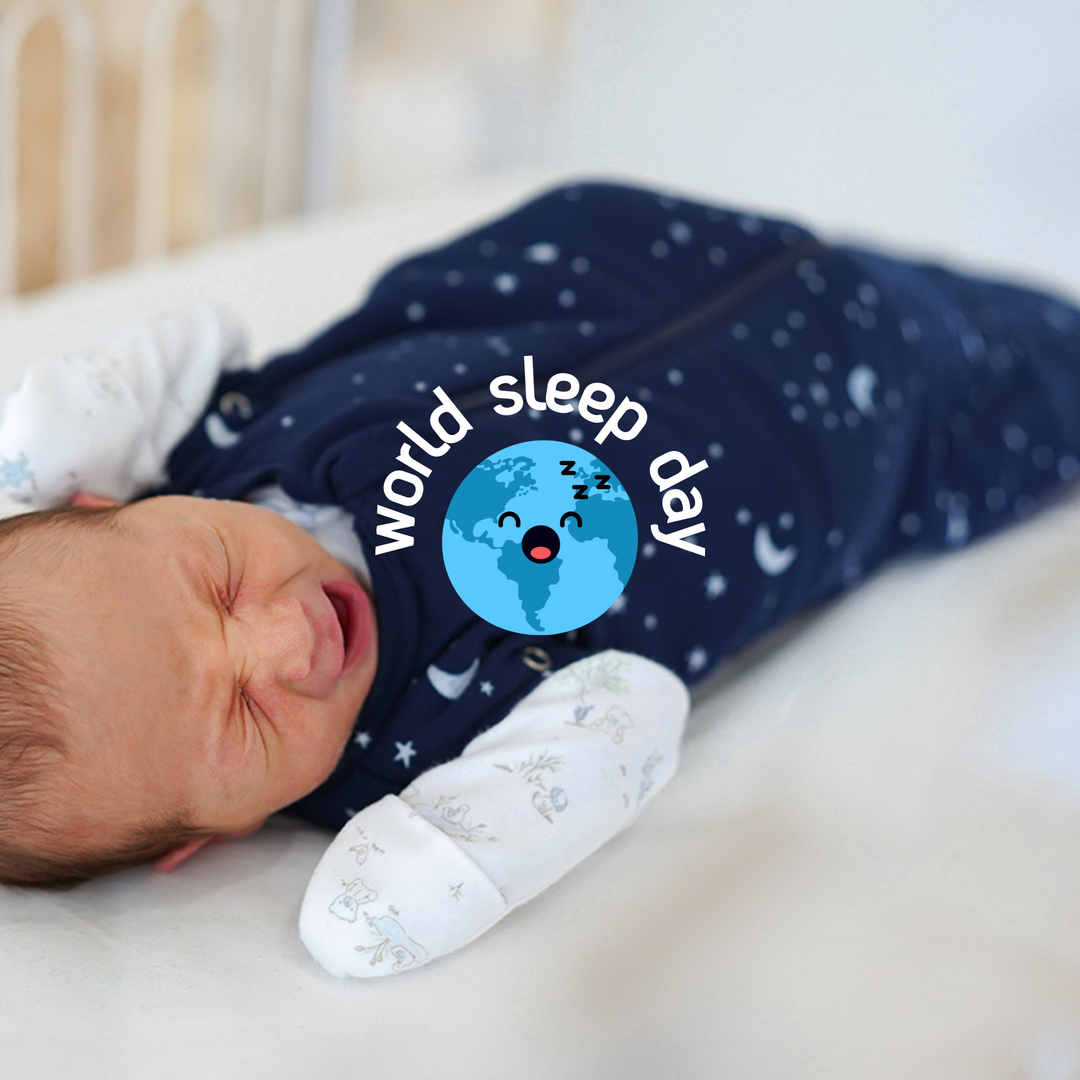This week we’ve partnered with the fabulous Water Babies and Bear Snacks to highlight the benefits that baby swimming can have on your baby’s appetite as well as their sleep patterns! Research has shown that the sensory stimulation provided by water, combined with the physical exertion of swimming, can lead to improved sleep patterns, as babies are better able to fall asleep and sleep more soundly.
At Sweet Dreamers we are passionate about all things baby sleep and we are thrilled to share with you some of our Top Tips for both babies and toddlers, to help ensure that the whole family get a better night’s sleep!

5 tips for a better night’s sleep
routine ⏰
Sleep cues are important when teaching our little ones that it is bedtime. Bath, bottle/breast feed and bed is a great start.
avoid over stimulation 📺
When bedtime is approaching, avoid too much playtime or TV time, this can wake little ones up.
environment 🏡
For the first 6 months babies should be in the same room as parents for sleep in both the day and night. In the day keep the curtains open and at night close them to start differentiating day and night early on.
be prepared 💪
Newborn babies will invariably wake up repeatedly in the night for the first few months. Have everything to hand during the night. Keep clean baby grows, teething solutions, nappies and wipes nearby to save you hunting around in low light.
know how much sleep they need 😴
Newborn babies will sleep on and off during the day and night, 14-17 hours of sleep is to be expected. By three months, babies start to develop day and night patterns and will start to sleep longer during the night. Between 4-12 months, 12-15 hours of sleep is expected.
Top 5 sleep tips for babies, toddlers + beyond
Day and night
Newborns are not pre-programmed with a 24-hour day circadian rhythm, which means they do not know daytime from nighttime. At around 3 months old your little one will start to produce the sleepy hormone melatonin. This surge in melatonin will start to make your little one’s sleep cycles regulate into a pattern however there are steps we can actively put into place to help our little one’s get ready for that transition.
In the day keep your baby in lots of natural daylight by getting out and about, going for walks and getting them used to everyday sights and sounds. As evening approaches use lower lighting and keep their environment calm and where possible at night keep your room dark. You could think about using a night light to help with feeding overnight.
This difference in day and night environment will give you baby the best start to finding their natural rhythm.
Routine
Children thrive when they have a predictable routine. Routines give children a sense of security and emotional stability as they start to piece together their everyday. This constancy will reinforce these safe feelings when put into practice at bedtime too. Using bedtime cues every night for example a warm bath, reading a book, a bottle/breast feed will set up your little one for a cozy night.
Awake windows
As your little one starts to grow they will start to stay awake longer between naps. These awake times can be referred to as awake windows. It can be useful to keep track of these windows of time to help guide your baby into naps so they do not become overtired. Overtired children find it harder to fall asleep and stay asleep as their bodies produce the hormone cortisol as their stress response system starts to kick in. We have popped a handy awake window guide below to use for reference. It is important to remember all children develop at different times so to only use this as a guide.
|
Age |
Awake window |
|
0 - 3 months |
45 - 60 mins |
|
3 - 6 months |
60 - 90 mins |
|
6 – 9 months |
2 – 2.5 hours |
|
9 – 12 months |
3 – 3.5 hours |
|
1 year + |
3 – 4 hours (with two naps) 4 - 6 hours (with one nap) |
Self-settling
Newborn sleep follows a 40-45 minute sleep cycle. This cycle means that after 40-45 minutes of sleep, they come out of a deep sleep and into a light easily woken sleep. If your little one starts to stir around this time, it may be a good idea not to rush settling them back. Give your little one some time to see if they can settle themselves back. If they do need some reassurance, try soothing with rhythmic soft patting and shushing as your little one learning how to fall asleep independently. Sometimes only mum or dad’s arms will do for your little one and that is natural too but it might worth being mindful of this sleep cycle as they start to grow.
Crying
When a baby cries, they are communicating a need to us. At first it can certainly be a puzzle trying to work out what their cry means. Most remedies to crying are feeding, changing, cuddling or winding. Responding to these promptly can create trust between you and your baby that they will receive what they need to be comfortable when sleeping.
Please note that if you little one is still crying when all these needs are met, it can be very stressful on parents. When a healthy baby cries frequently, intensely and for no obvious cause it can be known as colic. Feelings of frustration and failure can creep in so it is important to seek support from friends, family and your health visitor if you think you little one has colic.
We hope these tips help to set you and your growing family up for peaceful nights ahead.
Baa for now











